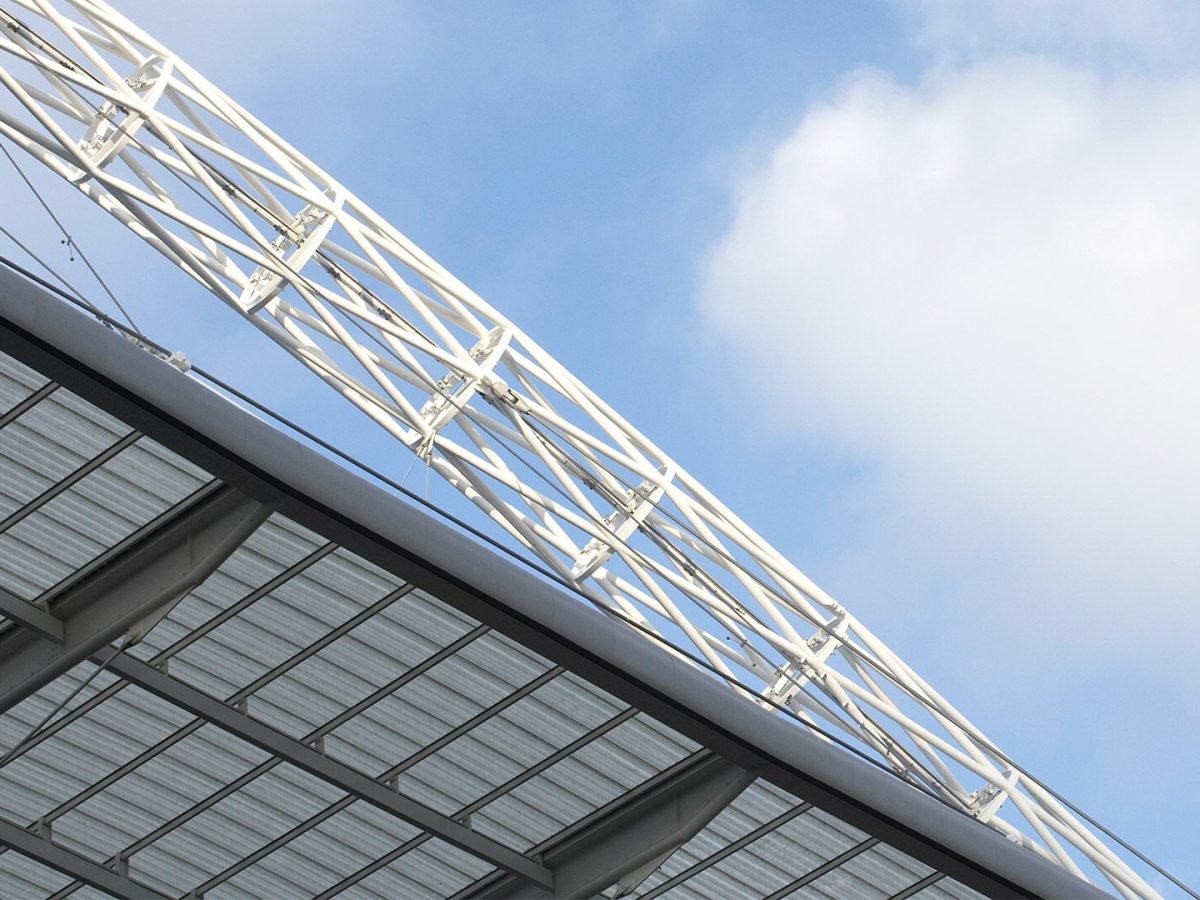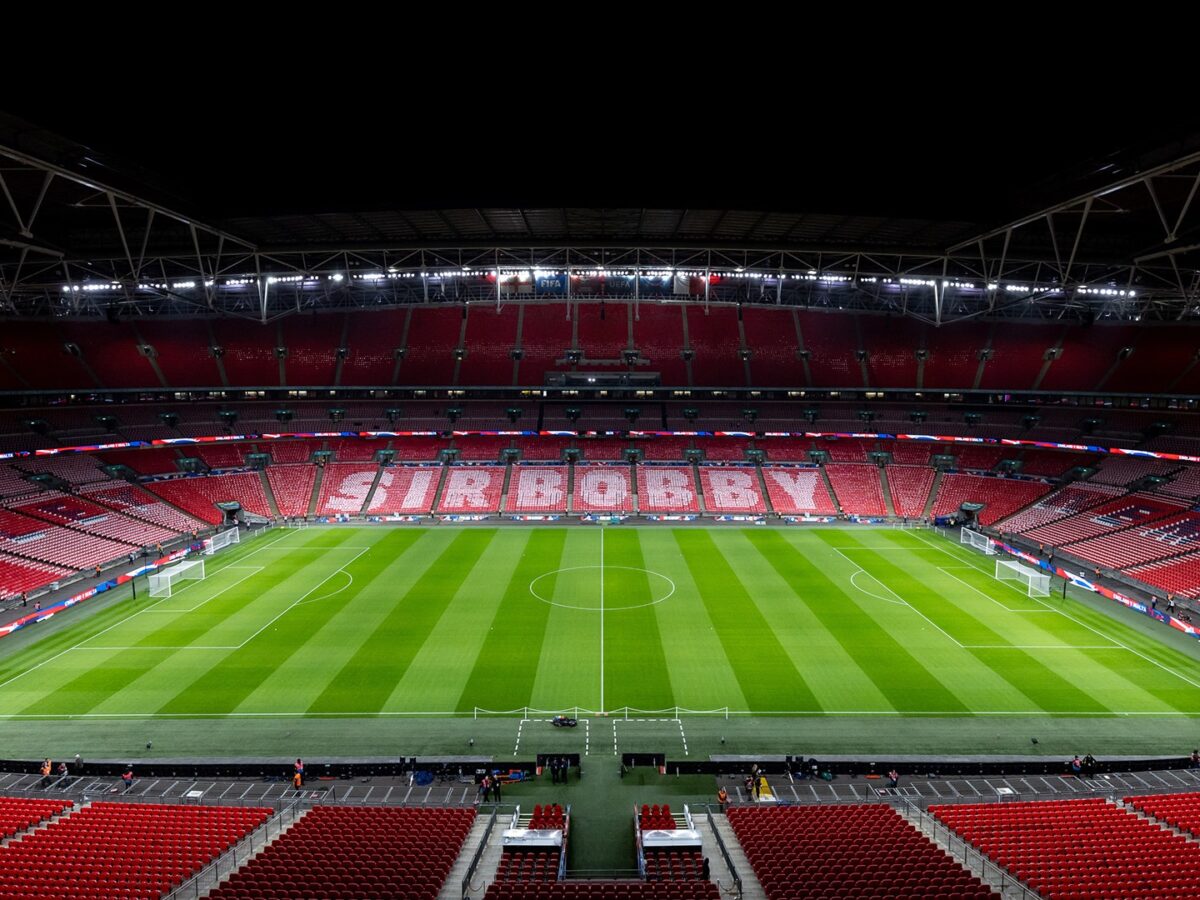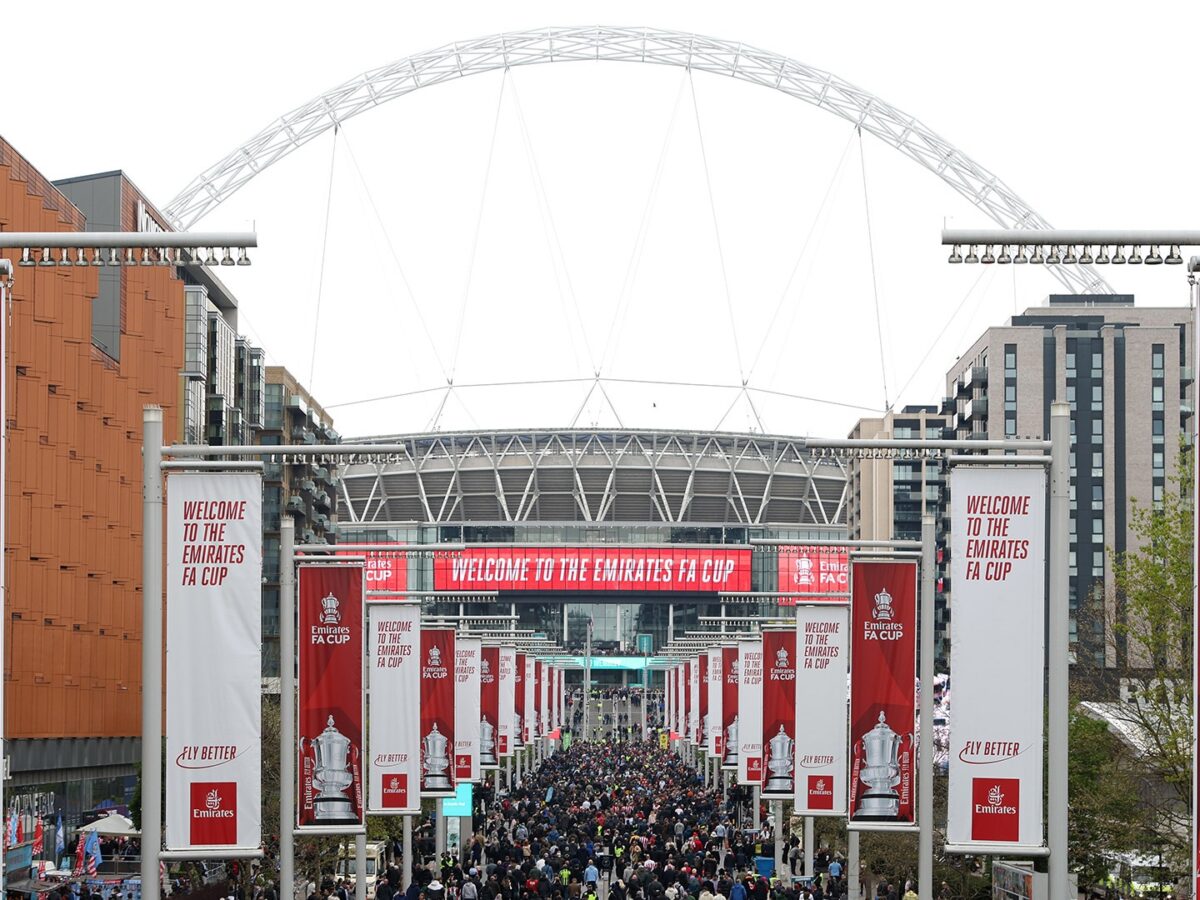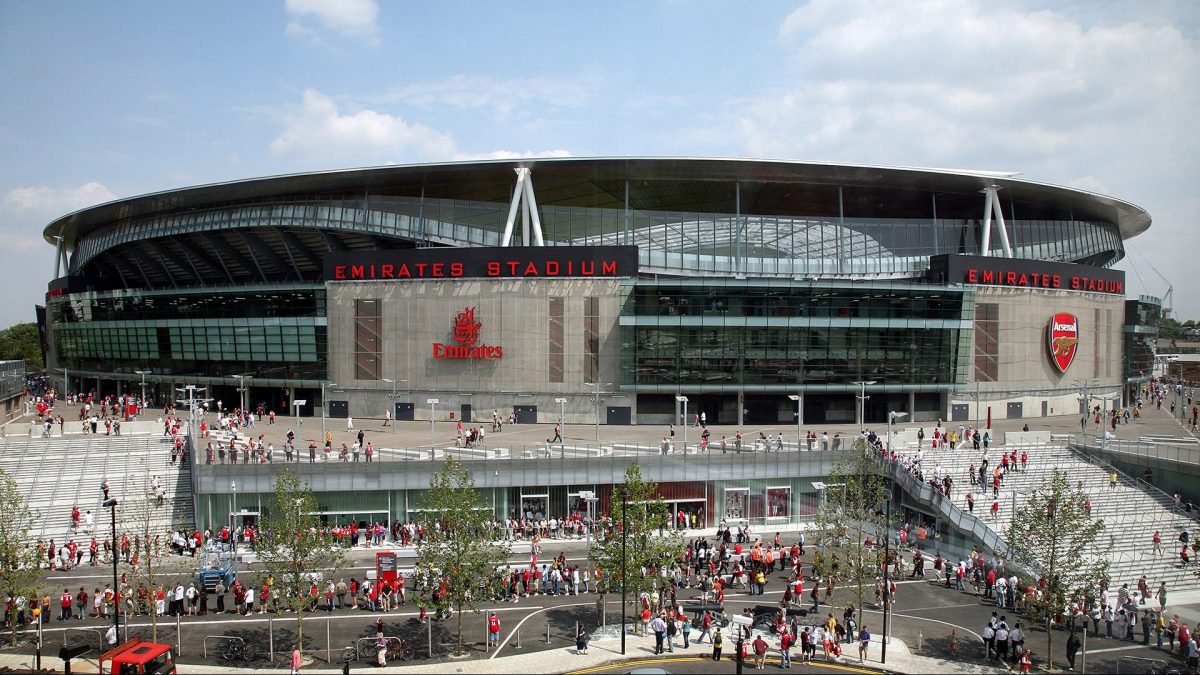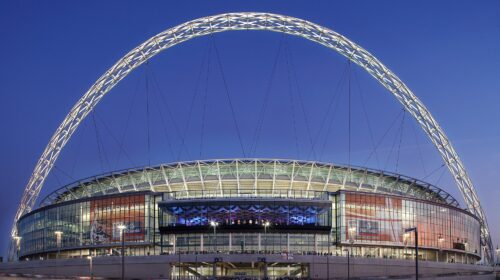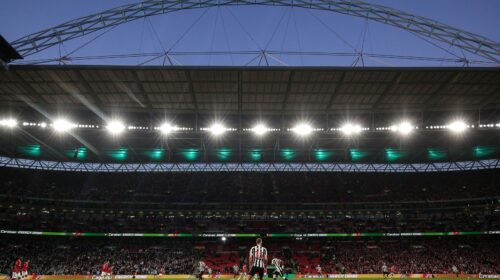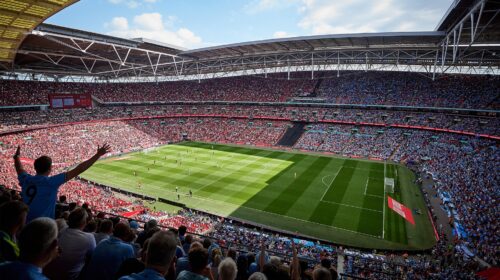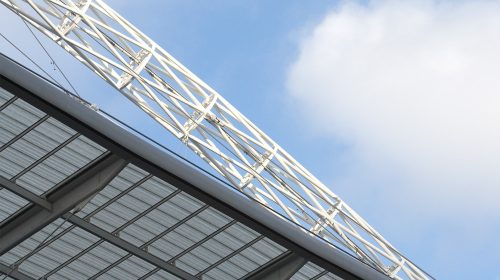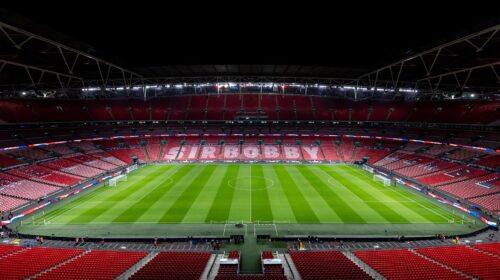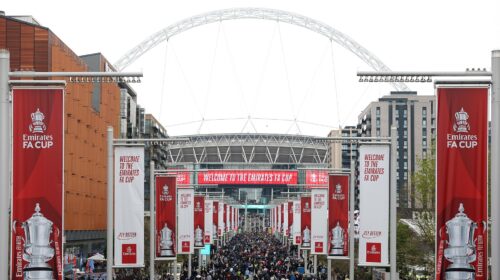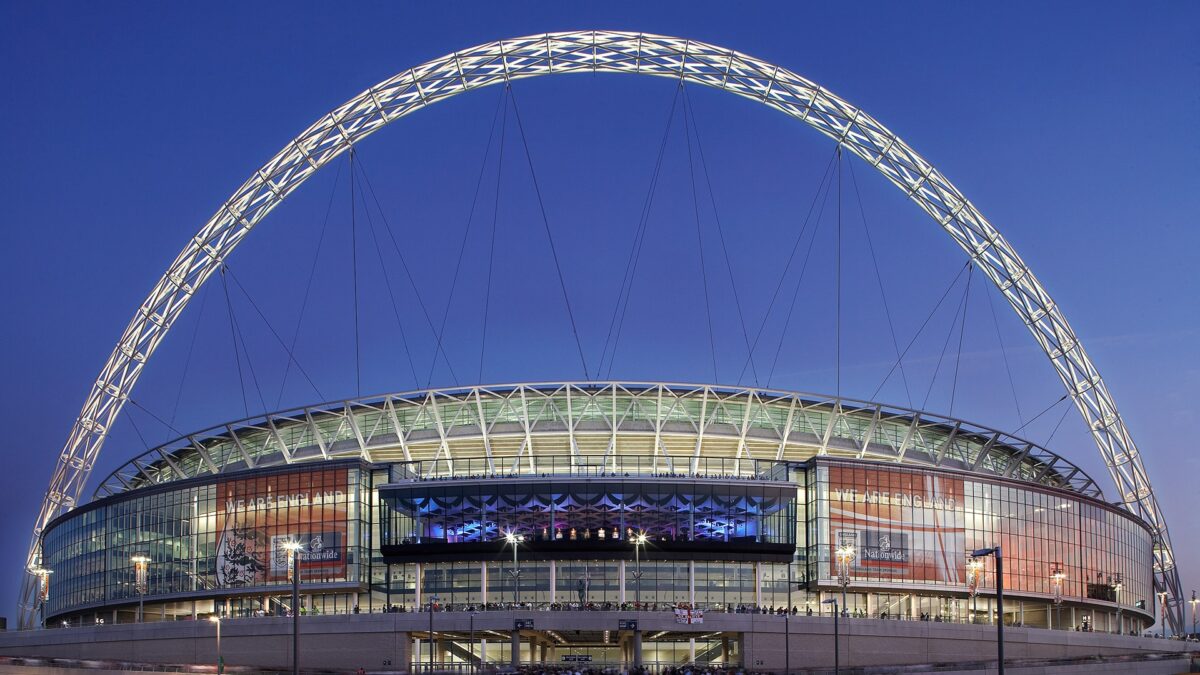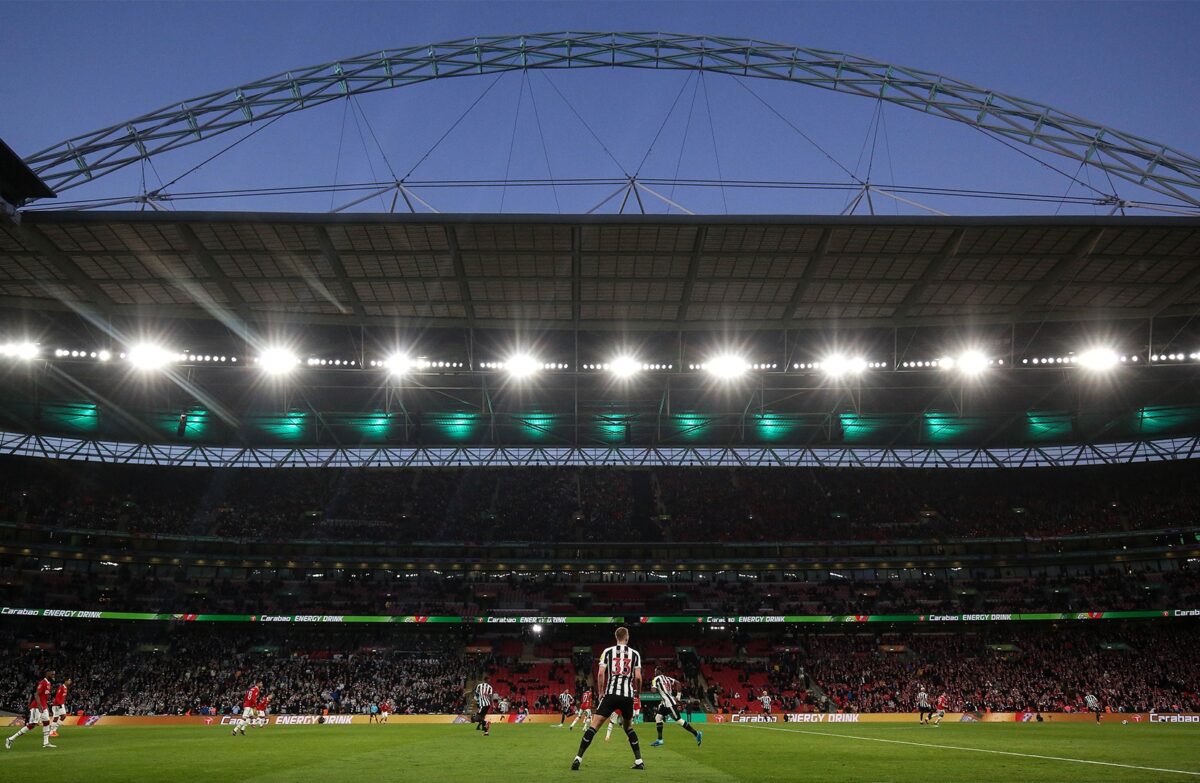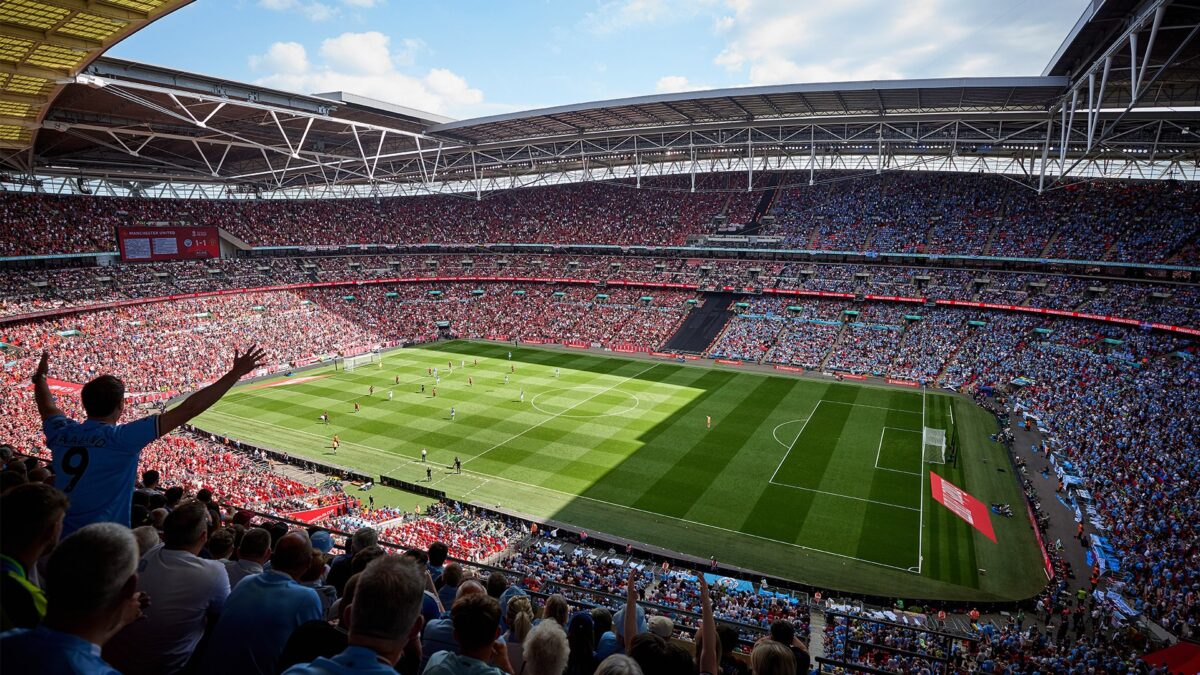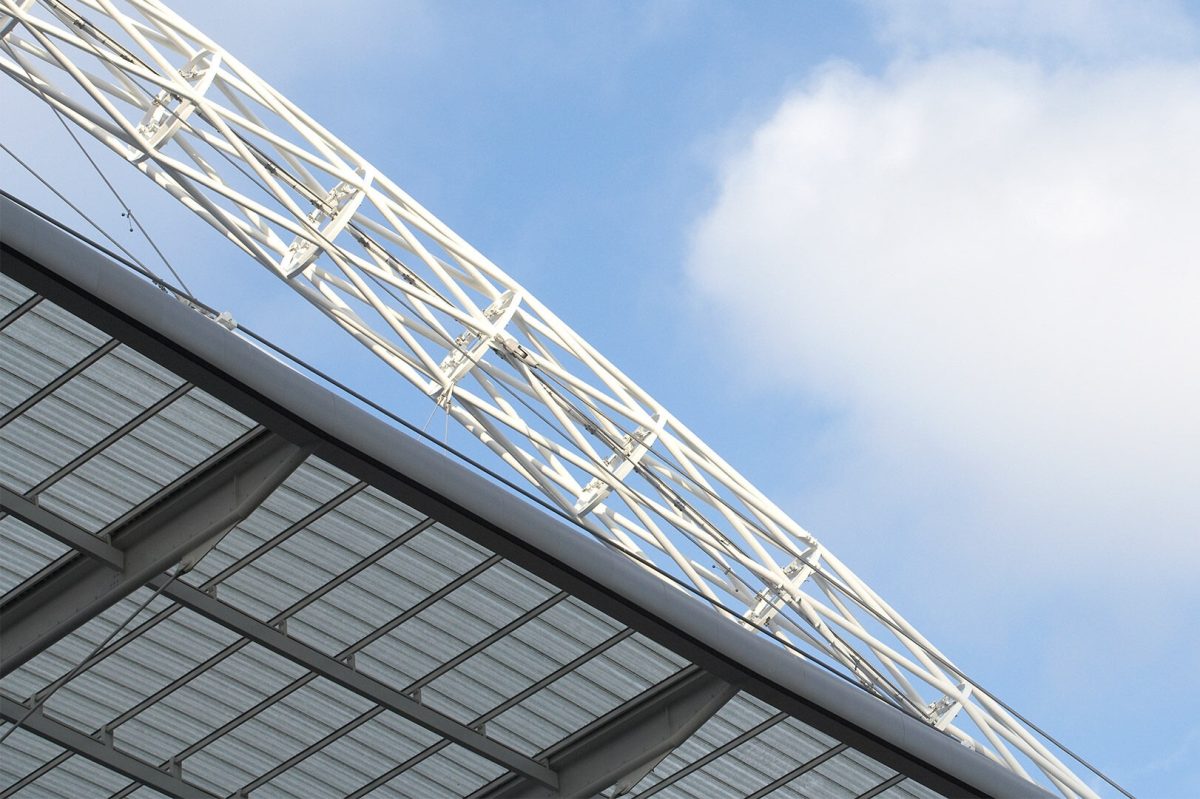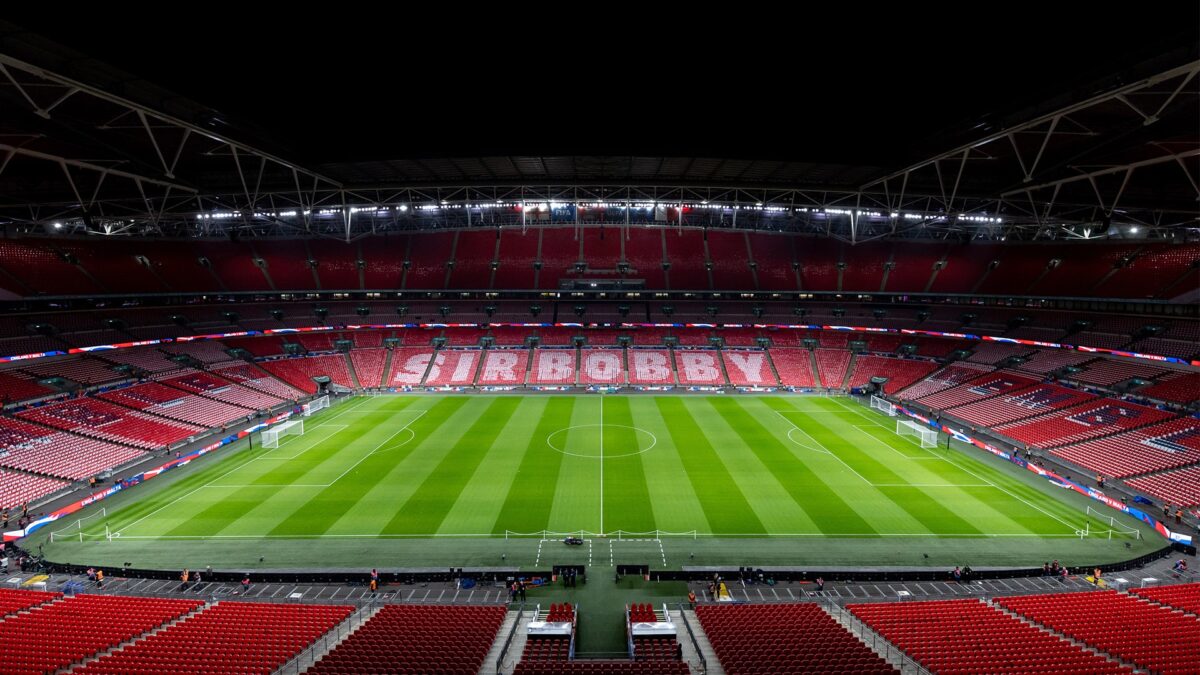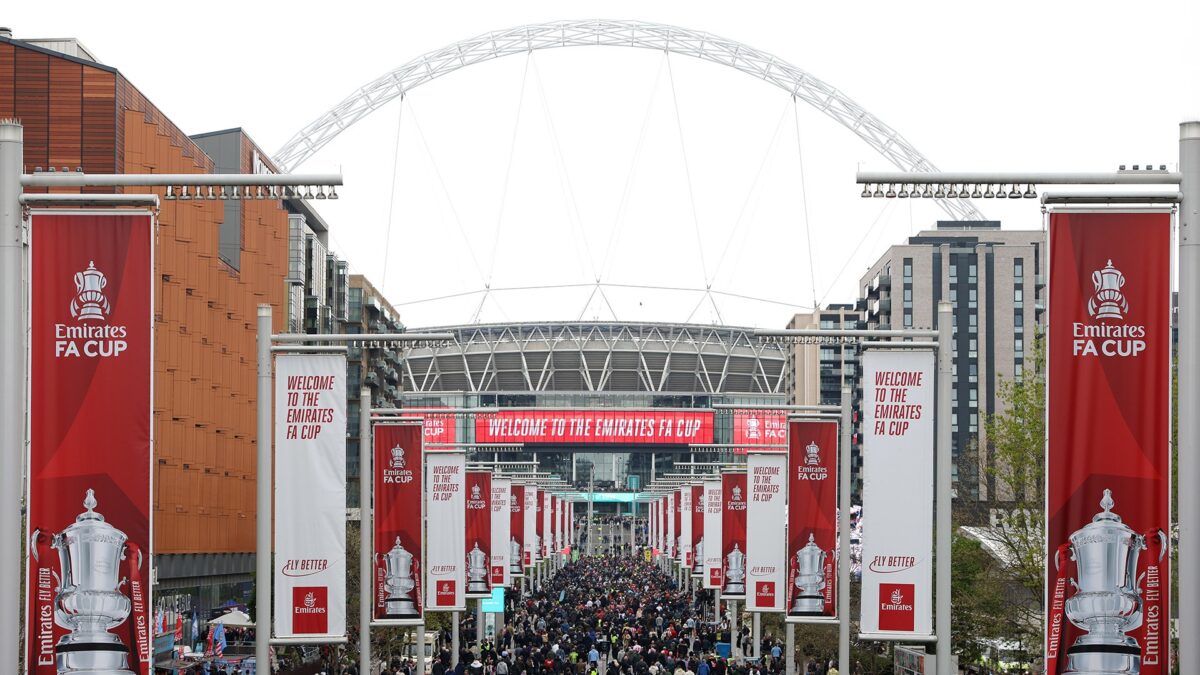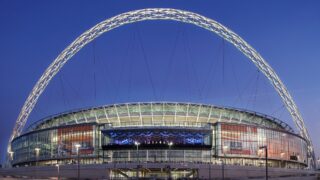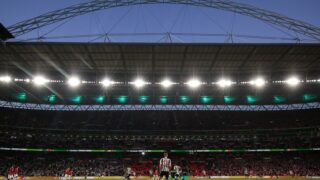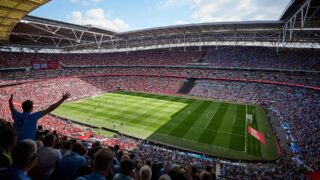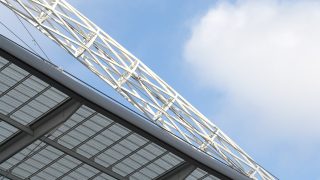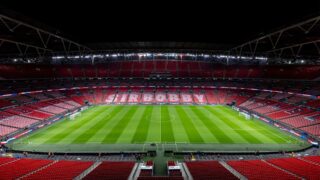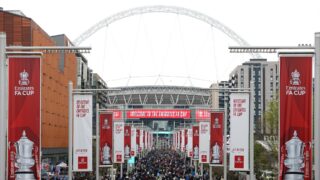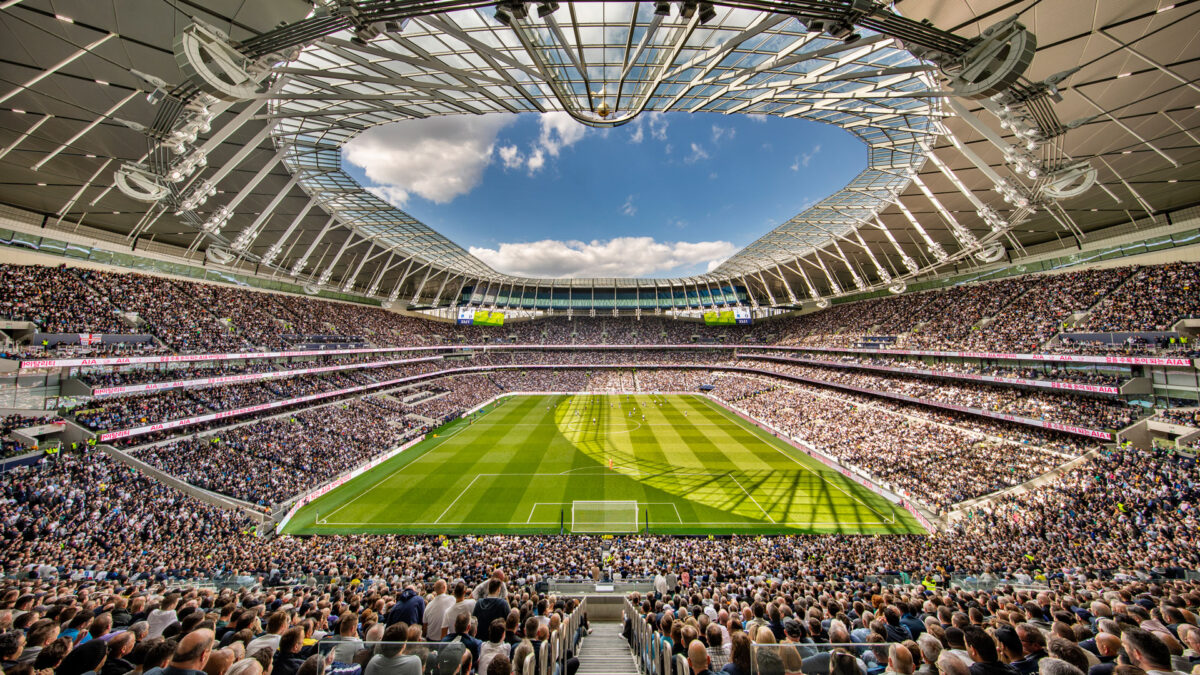
Wembley Stadium
Architecture
-
Client
Wembley National Stadium Ltd
-
Total Capacity
90,000
-
Disciplines
-
Collections
The old Wembley Stadium was a global icon. From 1923, the FA Cup final was played beneath its twin towers. In 1948, it hosted the Olympic Games and the first ever Paralympic Games. Famously, 1966 saw the England men’s soccer team claim their first and only FIFA World Cup title. And, in 1985, over 40% of the world’s population was glued to their TV screens as the biggest names in music took to the stage for Live Aid.
So, when Populous and Foster + Partners joined forces as World Stadium Team, the challenge we were set was no mean feat: designing a replacement for such a revered ground, with the kind of world-class facilities required in the modern game. Even more important, the new venue had to inspire the same kind of emotions in its visitors that had made the old Wembley so beloved.
Zoom
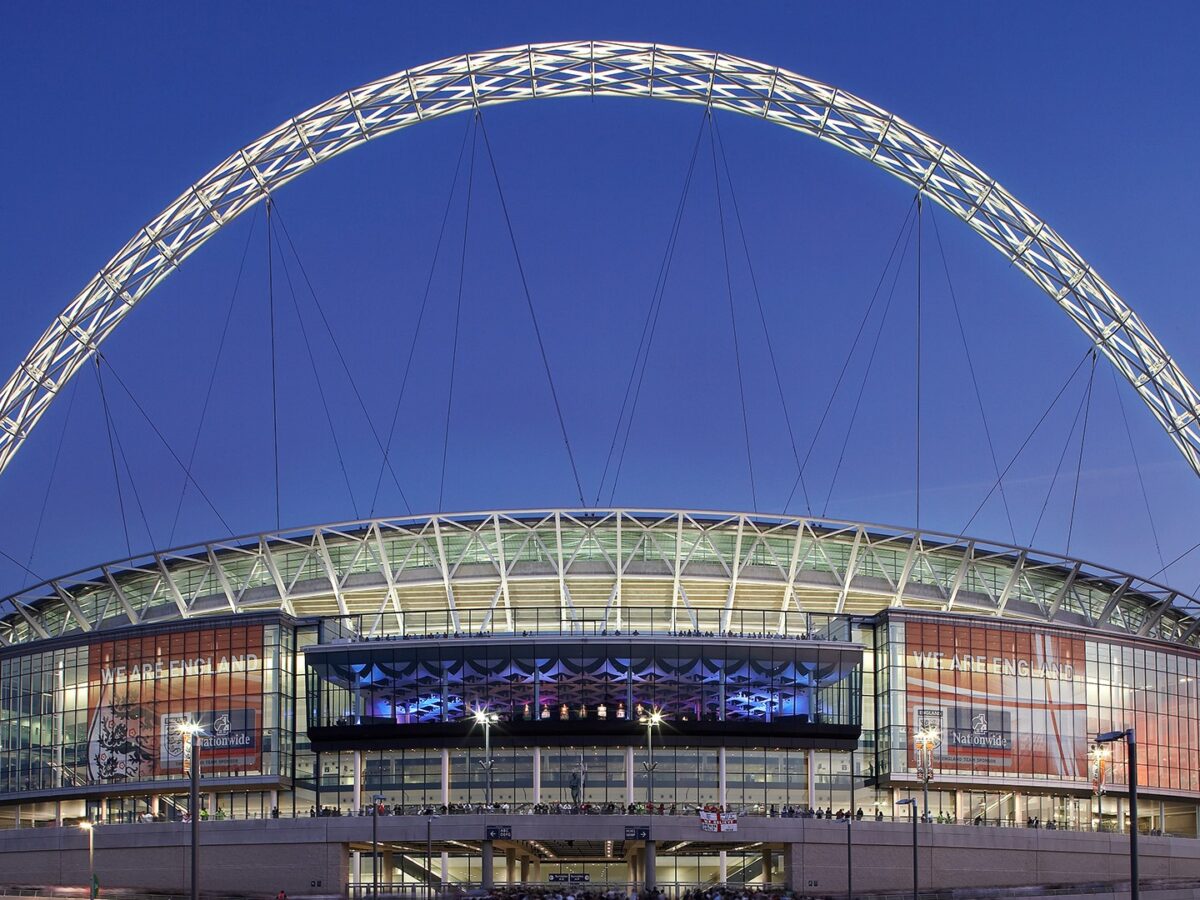
Zoom
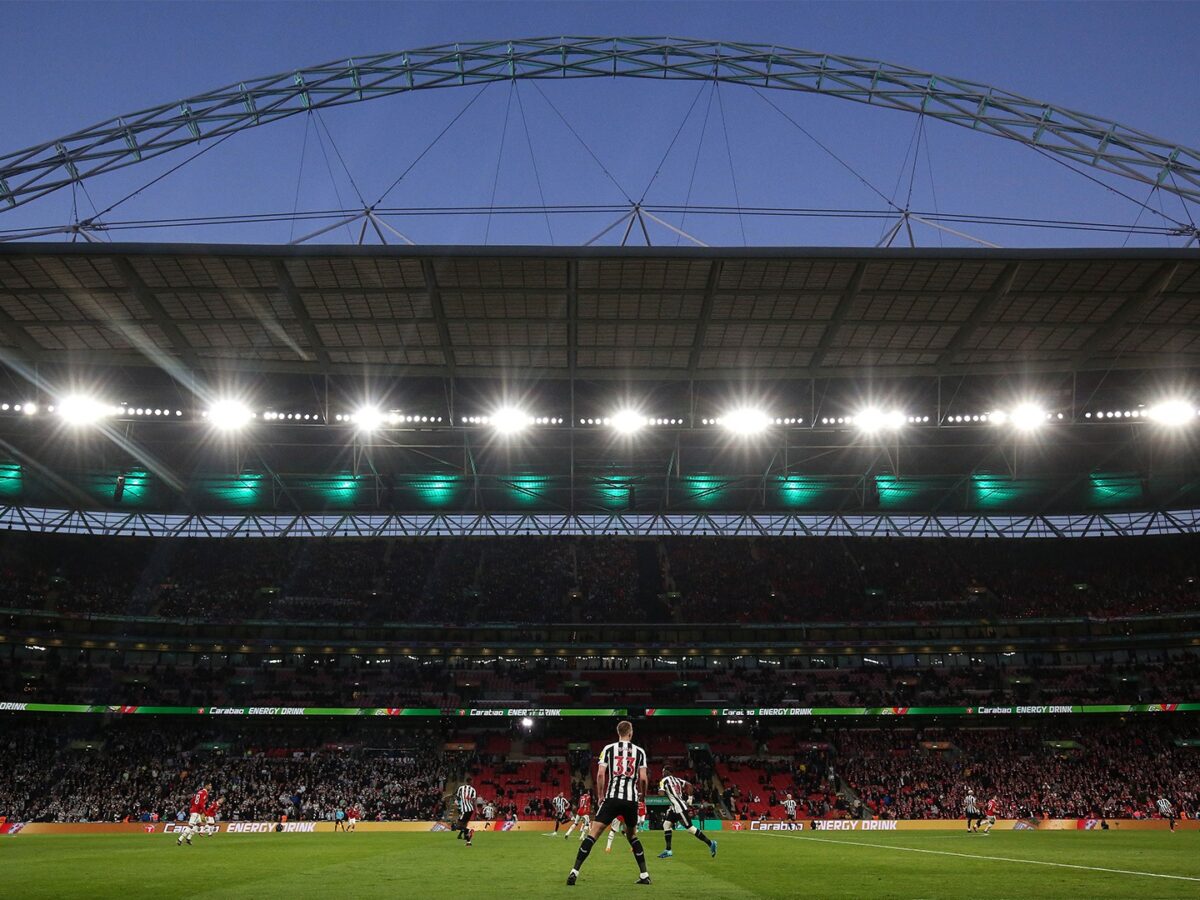
Zoom
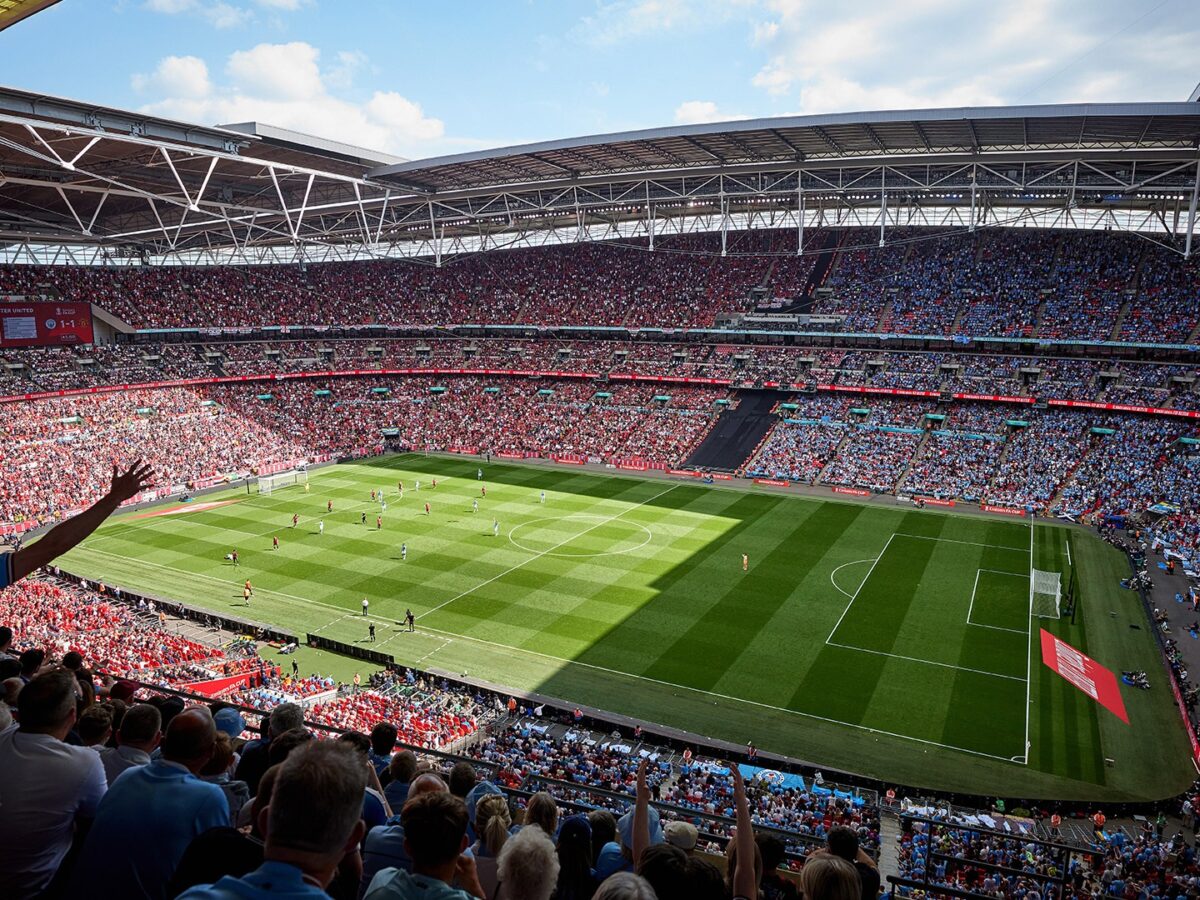
The old Wembley had the famous twin towers. An arch 133 metres tall — the world’s longest single span roof support structure — would become Wembley’s new icon. But its function is more than aesthetic, holding up the 7,000-ton roof, eliminating the need for pillars. Retractable on the southern side, the roof is left open between events to allow additional light and air onto the pitch, but it can be closed to shelter spectators during an event. Designed as a single bowl, the tiered seating holds 90,000 fans, each with more legroom than the seats in the royal box of the old Wembley. The roof and bowl were both acoustically engineered to replicate the famous ‘Wembley Roar,’ enhancing the atmosphere and sense of occasion for both spectators and players.
As the venue for the biggest national and international games in English football, the stadium has a range of hospitality spaces that allow 10,000 people to dine before a match. These facilities are designed for non-match day use too, creating a year-round venue that can be booked for conferences, dinners and other events. The London Borough of Brent has been revitalised by the new stadium. Public transport links, which were upgraded to support the increase in match-day arrivals, also benefit local residents and businesses. Up to 1,800 people visit the area daily on their way to the famous Wembley Stadium tour.
"Wembley is the cathedral of football. It is the capital of football and it is the heart of football."
Pelé
Brazilian footballer and winner of the FIFA World Cup three times
Since opening, the FA Cup final has returned to Wembley. The stadium has hosted two Champions League finals, with a third coming in 2024. The 2020 UEFA European Men’s Football Championship and 2022 UEFA European Women’s Football Championship finals were both held there. Beyond soccer, it has staged sell-out NFL London Games since 2007, the annual Rugby League Challenge Cup final and concerts from legendary musicians, including Fleetwood Mac, Beyoncé, The Who and Blur.
Facts and Figures
-
Stadium capacity
90,000
-
Weight of the roof supported by the iconic arch
7,000 tonnes
-
Steps in the trophy presentation route
107
-
2008
- RIBA, RIBA London Awards
- LDSA Regional Built in Quality Awards, Best Fire Engineering Innovation
- LDSA Regional Built in Quality Awards, Best Commercial Project
- LDSA Regional Built in Quality Awards, Best Structural Innovation
- LABC National Built in Quality Awards, Supreme Award
- LABC National Built in Quality Awards, Best Commercial Project
- LABC National Built in Quality Awards, Best Fire Engineering Project
- LABC National Built in Quality Awards, Best Structural Project
-
2007
- Vodafone Live Music Awards, Best Live Music Venue
Explore More Projects
Explore some of our best work around the world
Discover how we transform ideas into reality, fostering connections that bridge cultures and celebrate the beauty of human interaction.
↳ Start
Gallery
( 6 )
Wembley Stadium
( — 6 )
Lorem ipsum dolor sit amet consectetur, adipisicing elit. Non facere corporis et expedita sit nam amet aut necessitatibus at dolore enim quis impedit eius libero, harum tempore laboriosam dolor cumque.
Lorem, ipsum dolor sit amet consectetur adipisicing elit. Illo temporibus vero veritatis eveniet, placeat dolorem sunt at provident tenetur omnis, dicta exercitationem. Expedita quod aspernatur molestias eum? Totam, incidunt quos.
